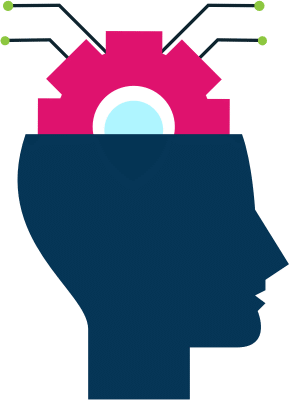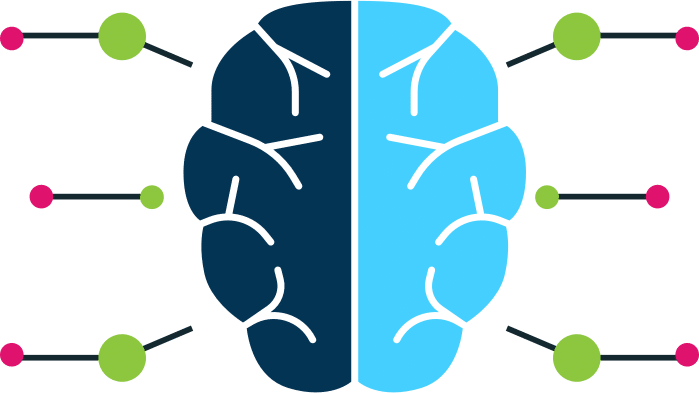Machine learning is defined as the science of enabling computers to act and learn like human beings do, which is done by autonomously improving learning by feeding them with data and information in the form of observations from real life interactions. It is applying artificial intelligence that provides these computer systems with the ability to learn and pick up information that improves from experience without the need to explicitly program. Defined, machine learning is the development of computer programs that access data and use it to learn independently.
Machine learning enables the analysis of massive quantities of data. While it generally delivers faster, more accurate results to identify profitable opportunities or dangerous risks, it also requires additional time and resources to train it properly. Combining machine learning with AI and cognitive technologies can make it even more effective in processing large volumes of information.
Machine Learning Methods
The methods of machine learning are typically categorized into two groups: supervised and unsupervised learning.
- Supervised machine learning algorithms

This method of learning teaches the machines through the use of examples or training datasets. The supervised learning systems are exposed to copious amounts of labeled data like images of handwritten figures annotated to indicate which number they correspond to. After being exposed to sufficient examples, the supervised learning system will begin to recognize the images and distinguish them.
After sufficient training, the system will be able to provide targets or predictions for any new input.
Example: Facebook is a prime example of a supervised machine learning system. It uses publicly available information to train its systems.
- Unsupervised machine learning algorithms

In contrast, unsupervised machine learning uses datasets that are neither labeled nor classified. The system is tasked with identifying patterns in chunks of data by recognizing similarities and grouping the data into categories.
Example: Airbnb uses unsupervised machine learning to group houses based on their rent and locality.
- Semi-supervised machine learning algorithms
This form of machine learning uses a combination of supervised and unsupervised learning. This technique uses small quantities of labeled data and a larger amount of unlabeled data. The labeled data is used to train a machine-learning model partially, and then that partially trained model is used to label the unlabeled data, a process called pseudo-labeling.
- Reinforcement machine learning algorithms
This method of learning takes the form of trial and error learning. The system interacts with its environment and produces actions that either discover errors or rewards. This method allows machines and software agents to automatically determine the ideal behavior within a specific context to maximize its performance.
Example: Google DeepMind’s Deep Q-network that provides a wide range of vintage video games.

Now more than ever, machine learning is an available tool for companies, governments, financial institutions, and the public. From YouTube and Netflix account suggestions to foreign language translations on the internet, machine learning has become a prevalent aspect of our society.

